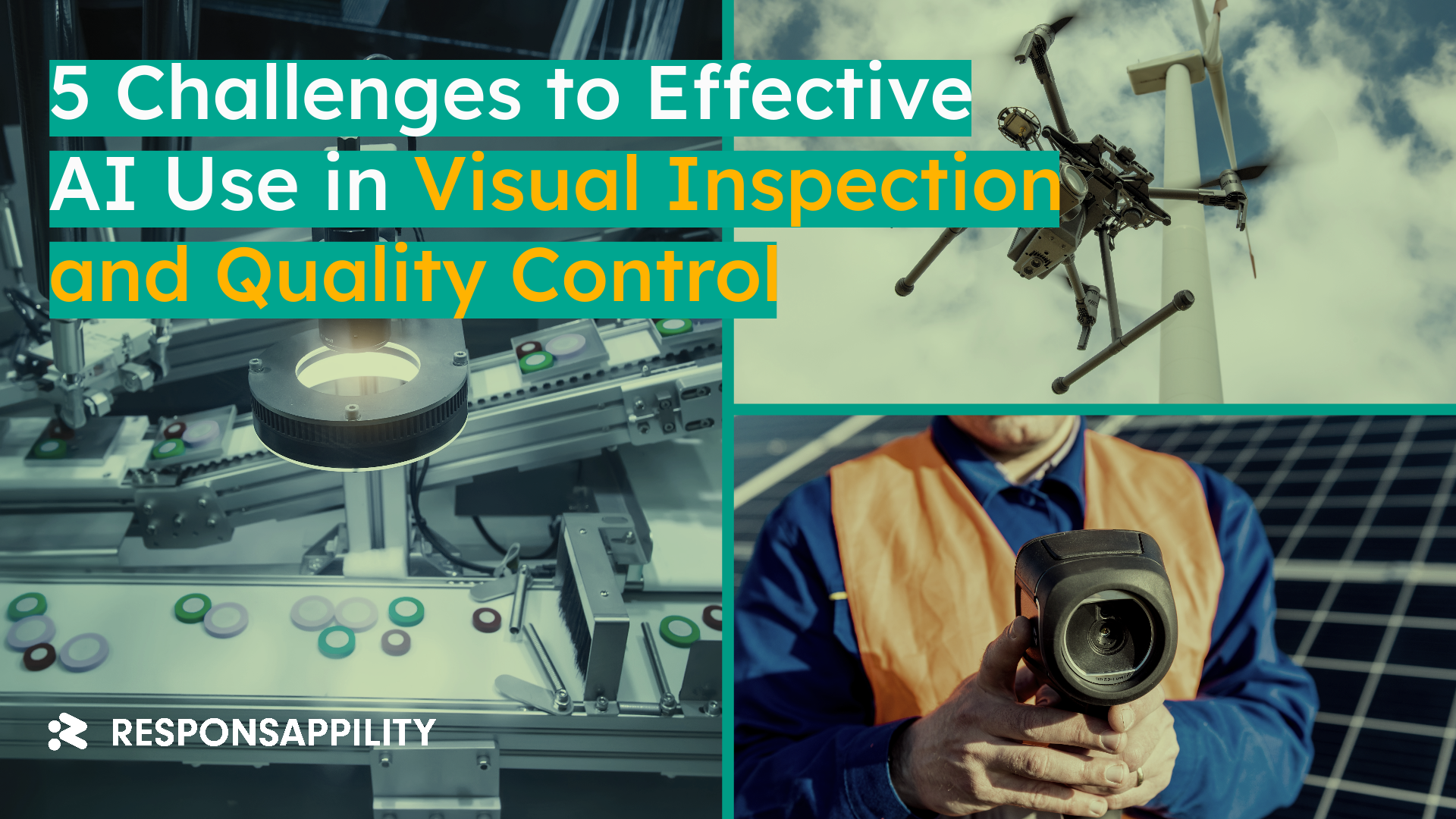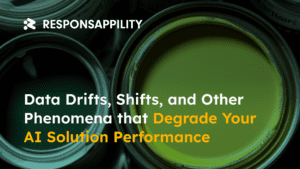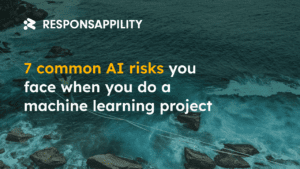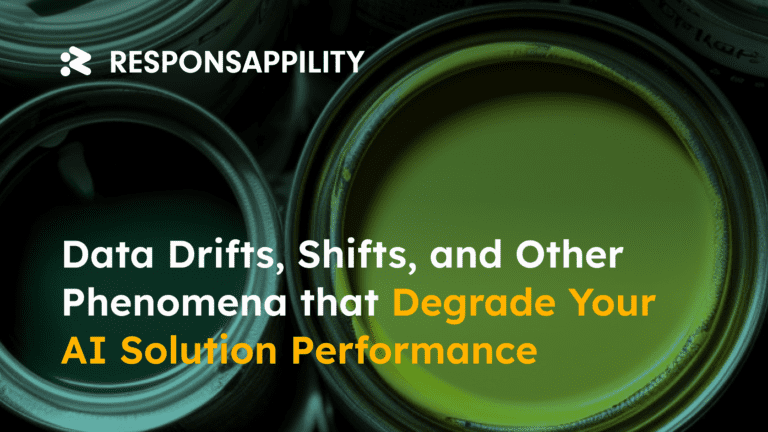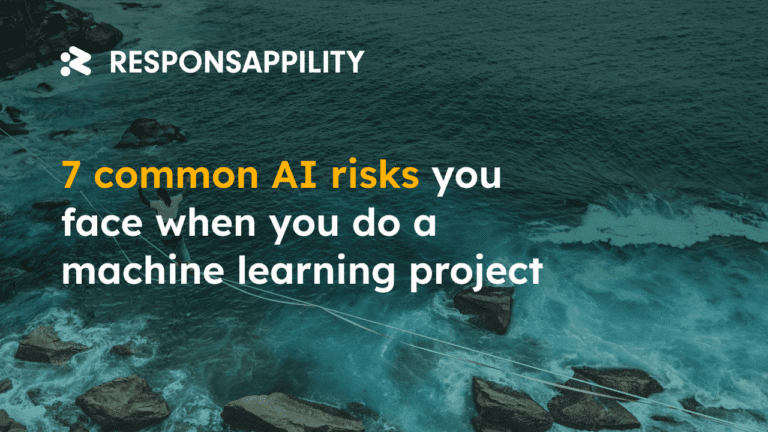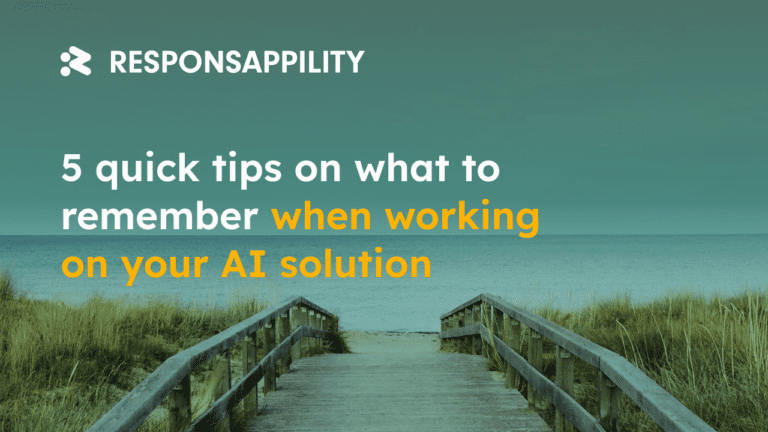Key Takeaways
- Ensure AI is a suitable choice for your specific business case.
- Anomaly detection is attractive for its low data requirements, but often less effective for complex visual tasks.
- Acquiring high-quality data is crucial for the effectiveness of AI solutions.
- Design and test your AI with real operational conditions in mind for better performance.
- Set practical and achievable objectives for AI efficiency and effectiveness. Starting with a perfect solution isn’t necessary.
1) Does AI Fit Here?
Effective AI deployment starts with aligning the technology with the actual business need. Not every challenge requires an AI solution. Traditional machine vision might suffice for tasks requiring fast, precise measurements in controlled environments. For more complex tasks, streamlining the process itself might be more effective before considering AI. To apply AI intelligently, break down the process and apply AI to its simplest parts to mitigate risk.
2) Realizing that Anomaly Detection Is Tempting, But Probably Ineffective
The objective of identifying anomalies in products, devices, or environments is a frequent use-case for AI. It’s tempting due to its minimal requirements for data and domain knowledge. While basic anomalies such as color variations are manageable with standard machine vision techniques, more complex scenarios,, may pose a challenge. In such cases, the reliance on anomaly detection is often misplaced. Instead, opting for supervised or semi-supervised learning, which requires a better understanding of the context and more data, can yield better results.
3) Gathering enough amount of quality data
Data is crucial, yet typically a bottleneck. The success of an AI system depends directly on the quality and quantity of data available.Assess the size and quality of your dataset. Can you obtain expert labels for it? If data is scarce, consider collecting more, obtaining labels, or exploring semi-supervised learning for unlabeled data. Few-shot learning techniques can be a starting point when data is extremely limited. Alternatively, synthetic data generation using 3D modeling tools offers control and flexibility in dataset creation.
Also, plan for ongoing data collection and model refinement to enhance AI quality over time.
4) Adapting AI to Real-World Working Environments
AI performance in controlled lab conditions can be misleading. Real-world conditions introduce variables like camera type, angle, shake, framing, focus, lighting, and reflections, all of which impact AI efficacy. It’s vital to develop and test your AI under conditions that closely mimic its eventual deployment environment for accurate, reliable outcomes. Also, it’s important to anticipate and simulate various scenarios, from different lighting conditions to physical obstructions, to ensure robust performance. This approach helps in fine-tuning AI systems to be resilient and accurate even in more challenging conditions.
5) Balancing Speed and Efficiency, Setting Realistic Goals
AI isn’t flawless and can be resource-intensive. High demands on speed and accuracy increase project risk. Determine acceptable AI effectiveness levels that still deliver business value. Sometimes, AI with a slightly lower accuracy can still significantly benefit automation and employee support. For high-throughput requirements, consider process-level solutions like multiple AI observation points. Also, optimizing business processes for more stable, repeatable conditions can help AI work better without adding complexity.
Understanding these AI challenges is crucial for advancing visual inspection and quality assurance. For more insights and updates, follow me and Responsappility on social media.
If you’re considering a custom AI solution tailored to your needs, reach out to us.
